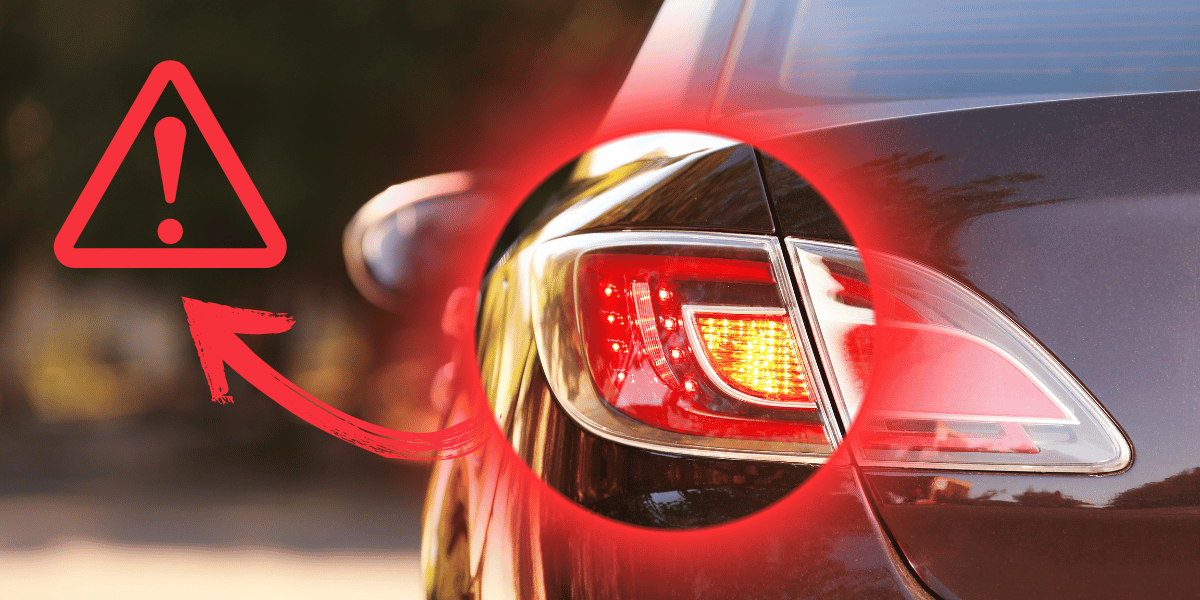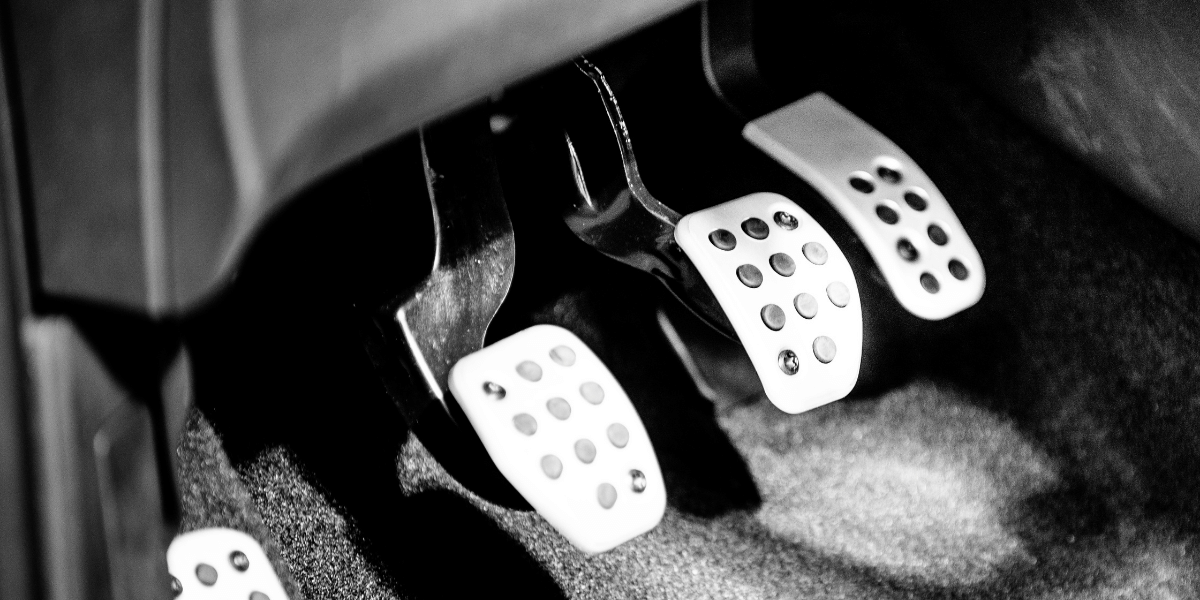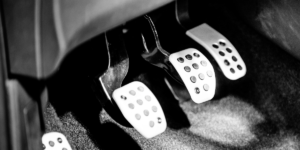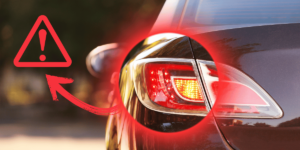Facing a malfunctioning turn signal while your hazards work can be confusing and concerning. Having a functioning turn signal is crucial for safe driving. If your turn signal suddenly stops working while the hazards function normally, don’t panic! This guide explores potential causes and solutions to help you get your turn signal back on track.
The Importance of Turn Signals
Turn signals play a vital role in ensuring safe communication on the road. They:
- Indicate your intention to turn: Alerting other drivers and pedestrians of your upcoming maneuver.
- Enhance safety at intersections: Informing approaching vehicles about your stopped position, preventing potential rear-end collisions.
Troubleshooting Common Issues
Before delving into solutions, check out this helpful video for visual troubleshooting guidance: [Insert video link here]
1. Check the Bulb:
A burned-out bulb is the most common culprit. Simply replace it with a compatible one.
2. Inspect Wiring:
If the bulb is fine, examine the wiring from the fuse box to the steering wheel controls. Damaged or corroded wires might require replacement.
3. Faulty Turn Signal Switch:
A malfunctioning turn signal switch can disrupt signal functionality. Use a multimeter to check for continuity between the switch post and the white battery wire. If there’s no continuity, replace the switch.
4. Blown Fuse or Faulty Flasher:
Check the fuse box for blown fuses related to turn signals. A malfunctioning flasher unit might also be the culprit. Consult a professional if electrical system issues are suspected.
5. Faulty Turn Signal Switch Connector:
Compromised wires or disconnected connectors within the turn signal switch connector can impede signal function. Consider professional assistance for repair or replacement.
6. Turn Signal Lights Not Turning Off:
Persistent turn signals often indicate issues with the turn signal switch or a blown fuse. Check all fuses under the hood and replace any faulty ones.
7. Turn Signal Flashing Too Fast/Slow:
A malfunctioning alternator, responsible for powering various electrical components, can cause abnormal turn signal flashing. Consider alternator replacement if necessary.
8. Dashboard Turn Indicator Not Flashing:
A faulty flasher unit located behind the dashboard might be the reason. Check for water damage or other malfunctions and replace the unit if needed.
Don’t Pay a Mechanic! Troubleshoot Your Turn Signal Yourself
While seeking professional help is always an option, many common turn signal issues can be addressed with some basic troubleshooting and DIY skills. Here’s a breakdown of the process and the tools you’ll need:
Tools Required:
- Multimeter: A versatile tool for testing electrical continuity and voltage.
- Replacement bulb: Ensure you have the correct bulb type for your vehicle.
- Flathead screwdriver: Useful for prying open certain components.
- Socket wrench set: May be needed depending on the location of the turn signal bulb and other accessible parts.
Troubleshooting Steps:
- Start with the Simplest: Begin by checking the turn signal bulb. Look for signs of burnout or discoloration. If the bulb appears faulty, replace it with a compatible one.
- Inspect the Fuse Box: Locate the fuse box under the hood or dashboard, consult your car’s manual for specific instructions. Identify the fuse designated for turn signals and check for any blown fuses. Replace any blown fuses with ones of the same amperage rating.
- Test the Turn Signal Switch: Use the multimeter to check for continuity between the turn signal switch post and the white wire coming from the battery. If there’s no continuity, the switch might be faulty and require replacement.
- Visual Inspection: Carefully examine the wiring harness for any visible signs of damage, corrosion, or loose connections. If you notice any issues, consult a qualified mechanic for proper repair.
Remember:
- Safety First: Always disconnect the battery before working on electrical components.
- Consult your manual: Refer to your car’s manual for specific instructions on bulb replacement, fuse box location, and any other relevant information.
- Seek professional help: If you’re uncomfortable with any step or unsure about the diagnosis, don’t hesitate to seek assistance from a qualified mechanic.
By following these steps and exercising caution, you can potentially save time and money by troubleshooting your turn signal yourself. However, if you encounter any complex issues or lack the confidence to proceed, seeking professional help is always the recommended course of action.
Frequently Asked Questions
Q: My turn signal doesn’t work, but the hazards do. What could be wrong?
A: This could be caused by several factors, including a burned-out turn signal bulb, faulty wiring, a malfunctioning turn signal switch, a blown fuse, a defective flasher unit, or a damaged turn signal switch connector.
Q: How can I check if the turn signal bulb is burned out?
A: Visually inspect the bulb for any signs of darkening or filament breakage. You can also try replacing it with a known-good bulb to see if the issue persists.
Q: How do I know if the wiring is faulty?
A: Inspecting the wires for visible damage or corrosion is crucial. However, for a more thorough diagnosis, consulting a qualified mechanic is recommended.
Q: Can I replace the turn signal switch myself?
A: While replacing the turn signal switch might be possible for some car models, it’s generally recommended to seek professional help, especially if you’re unfamiliar with car electrical systems.
Q: What are the symptoms of a blown fuse related to turn signals?
A: In addition to the turn signal malfunction, you might also experience issues with other components controlled by the same fuse. Checking the owner’s manual for the fuse box layout and specific fuse designations is crucial.
Q: How can I tell if the flasher unit is faulty?
A: If both turn signals and hazards malfunction, the flasher unit might be the culprit. However, professional diagnosis is recommended for confirmation.
Q: Is it safe to drive with a malfunctioning turn signal?
A: No, driving with a non-functioning turn signal is unsafe and illegal in most regions. It hinders communication with other drivers and poses a risk of accidents.
Q: How can I prevent future turn signal problems?
A: Regular maintenance is key. Regularly inspect turn signal bulbs for signs of wear and replace them when necessary. Avoid modifications to the electrical system that could impact turn signal functionality.
Remember, addressing turn signal issues promptly is essential for ensuring your safety and the safety of others on the road. If you’re unsure about any troubleshooting steps or suspect more complex electrical problems, seeking professional assistance is always the best course of action.
Conclusion:
If your turn signal issues persist after these troubleshooting steps, seeking professional help from a qualified mechanic is recommended. Remember, addressing turn signal problems promptly ensures your safety and the safety of others on the road.








